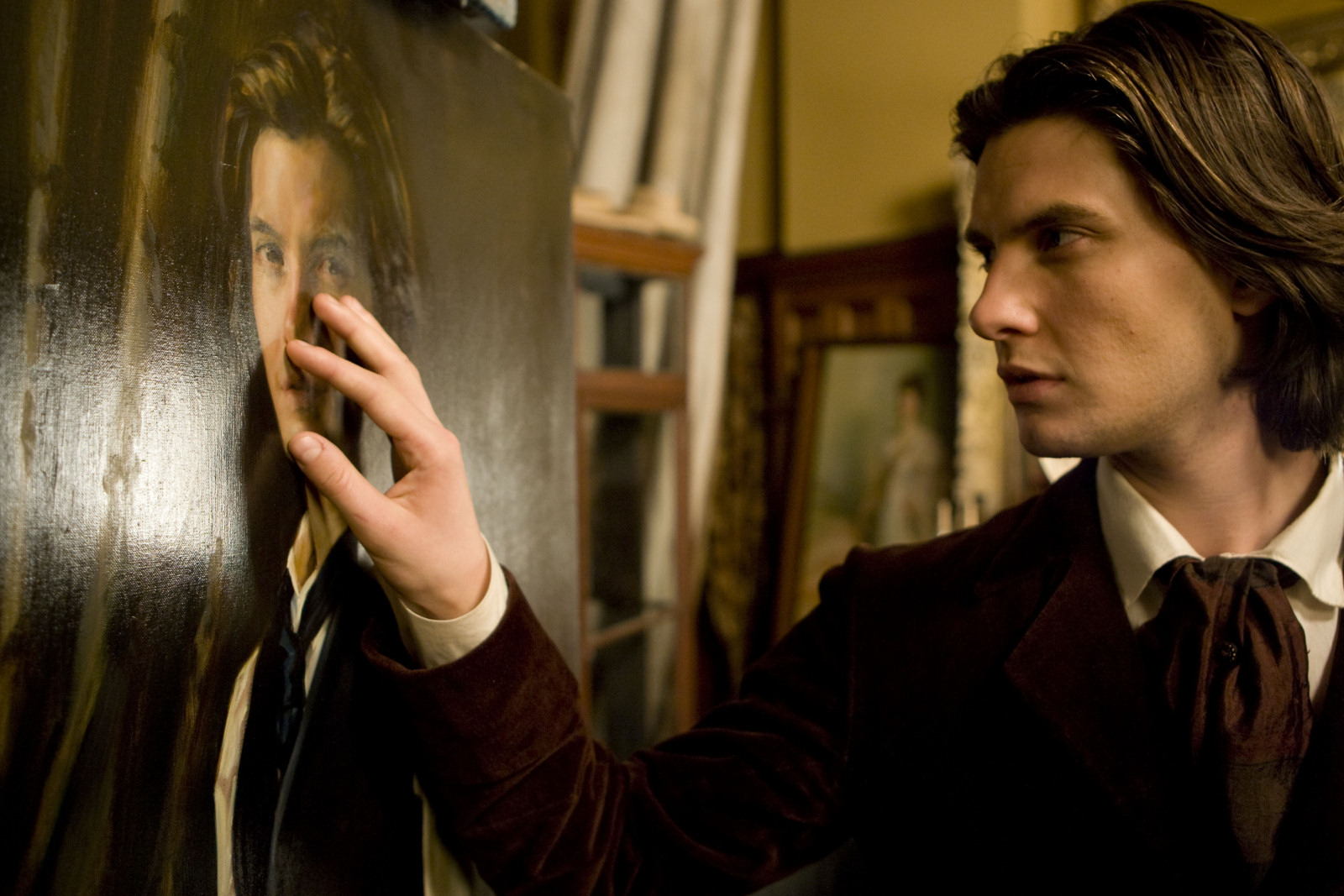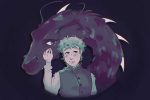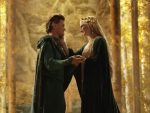For a large portion of my life as a teen reader, I avoided classic books as if they were the plague. My previous experiences with several 19th century or pre-19th century books had been that they were boring and difficult to process. From that point on, I operated under the delusion that, just by bearing the name “classic,” those books would be too dense to wade through with their outdated prose, complicated language and bone-dry plots.
After years of suffocating myself with bad young adult fiction, however, I began to long for something more, so I held my breath as I decided to try a book considered “classic.” To my pleasant surprise, the book was easy to read, entertaining and strikingly poignant. From then on, I began to reevaluate classic books that I had previously written off as unreadable and found a treasure trove of powerful stories.
While I don’t remember which book introduced me to the world of actually good classic novels, I have compiled a list of six of my favorite “classics” that didn’t leave me scared, bored or completely lost after the first few chapters. If I could get through these (and enjoy them), so can you.
1. “Brave New World” by Aldous Huxley
This post-apocalyptic sci-fi novel, published in 1932, tells of genetically modified citizens living in a social caste system based on intelligence, using tactics like reproductive technology, sleep-learning, psychological manipulation and classical conditioning to keep everyone in line. Overall, these scientific developments combine to form a utopian society that remains uncontested — until one individual, raised outside of this society, enters it only to reject it.
The novel challenges utopian ideals, which proffer that humanity, if organized correctly into a socialism-founded paradise, could solve all economic and social issues. “Brave New World” has been compared to George Orwell’s “1984,” which is another formative and post-apocalyptic classic.
2. “The Picture of Dorian Gray” by Oscar Wilde
“The Picture of Dorian Gray” is a Gothic story of a young man who sells his soul to remain young and beautiful, while his portrait ages due to his penchant for hedonistic, amoral experiences. Originally, Wilde’s novel was considered too scandalous to be fully published. The editor of Lippincott’s Monthly Magazine, in which “The Picture of Dorian Gray” was originally published, deleted 500 words without Wilde’s consent, fearing that the story was too indecent to be released in its original form.
Even with the editor’s adjustments, “The Picture of Dorian Gray” rattled the public, and many sought prosecution for Oscar Wilde, saying that he was violating public morality. Wilde, on the contrary, defended his work as art for art’s sake. While the 1890 audience was definitely more shaken by Wilde’s content than a 2019 audience would be, “The Picture of Dorian Gray” has managed to retain its shock value in its skillfully created twists, entertaining even modern fans of classic books.
3. “Fahrenheit 451” by Ray Bradbury
Released in 1953, “Fahrenheit 451” is a dystopian novel centered around the historical idea of burning books as a suppression of dissenting ideas that call for change. In Bradbury’s book, main character Guy Montag is a fireman who decides to quit his job as a book burner and instead dedicate himself to preserving knowledge through literary and cultural writings while avoiding getting caught by his fellow firemen and other government-allied neighbors.
Bradbury has said that his motive behind writing “Fahrenheit 451” was to address his concerns about book burning in the United States, especially during the American era of extreme suspicion and animosity towards communism. Later, he also described the book as a commentary on how mass entertainment and media decreases public interest in literature — an idea that remains relevant as social media steadily replaces books as an entertainment choice among young people.
4. “To Kill a Mockingbird” by Harper Lee
Harper Lee’s 1960 historical fiction novel is one of the most influential literary works of all time and is renowned for the way it addresses the issues of rape, racial injustice and prejudice. The story is told through the eyes of Scout, a six-year-old girl living with her father Atticus and brother Jem in the fictional town of Maycomb, Alabama, during the Great Depression.
Atticus is a lawyer, and he is appointed to defend a black man who’s accused of raping a white woman. Scout observes the trial and the way it divides their small town and affects their family, as she, her father and her brother are subject to aggression and violence from the townspeople.
Through the eyes of a child, and the masterfully plain language that results from that creative choice of narrator, Lee paints an intimate picture of the racial climate in the 1930s Deep South and creates strong characters who become moral heroes for even modern audiences.
5. “The Hobbit” by J.R.R. Tolkien
“The Hobbit” is a 1937 fantasy novel written for children, but it is also widely enjoyed by adults. It establishes Tolkien’s fictional universe that continues in his highly popular “Lord of the Rings” series and describes the adventures of hobbit Bilbo Baggins as he quests to obtain some of the treasure hoarded by Smaug the dragon.
Tolkien’s work, “The Hobbit” and the resulting “Lord of the Rings” saga, was well-received at the time of publication and remains one of the most beloved fantasy series to date. While some of his later novels feature long descriptions and dry scenes that some find boring, “The Hobbit” keeps readers on the edge as they adventure alongside Bilbo.
6. “The Bell Jar” by Sylvia Plath
Plath’s 1963 semi-autobiographical piece “The Bell Jar” shares the story of Esther Greenwood, a college student struggling with suicidal depression in the 1950s. What makes this story stand apart from your average “13 Reasons Why”-type tale is its back-door approach to addressing sexism.
While Esther is tackling her mental health issues, she is also attempting to process what it means to be a woman (especially a mentally ill woman) in the 1950s. In doing so, she gives the reader a window into what life was like for women before the efforts of the second wave feminist movement really took effect.
“The Bell Jar” is not only a poignant feminist work and a gut-wrenching depiction of depression and suicidal thoughts, but Plath’s writing is beautiful while still being easily understandable, relatable and relevant to the modern reader.
















